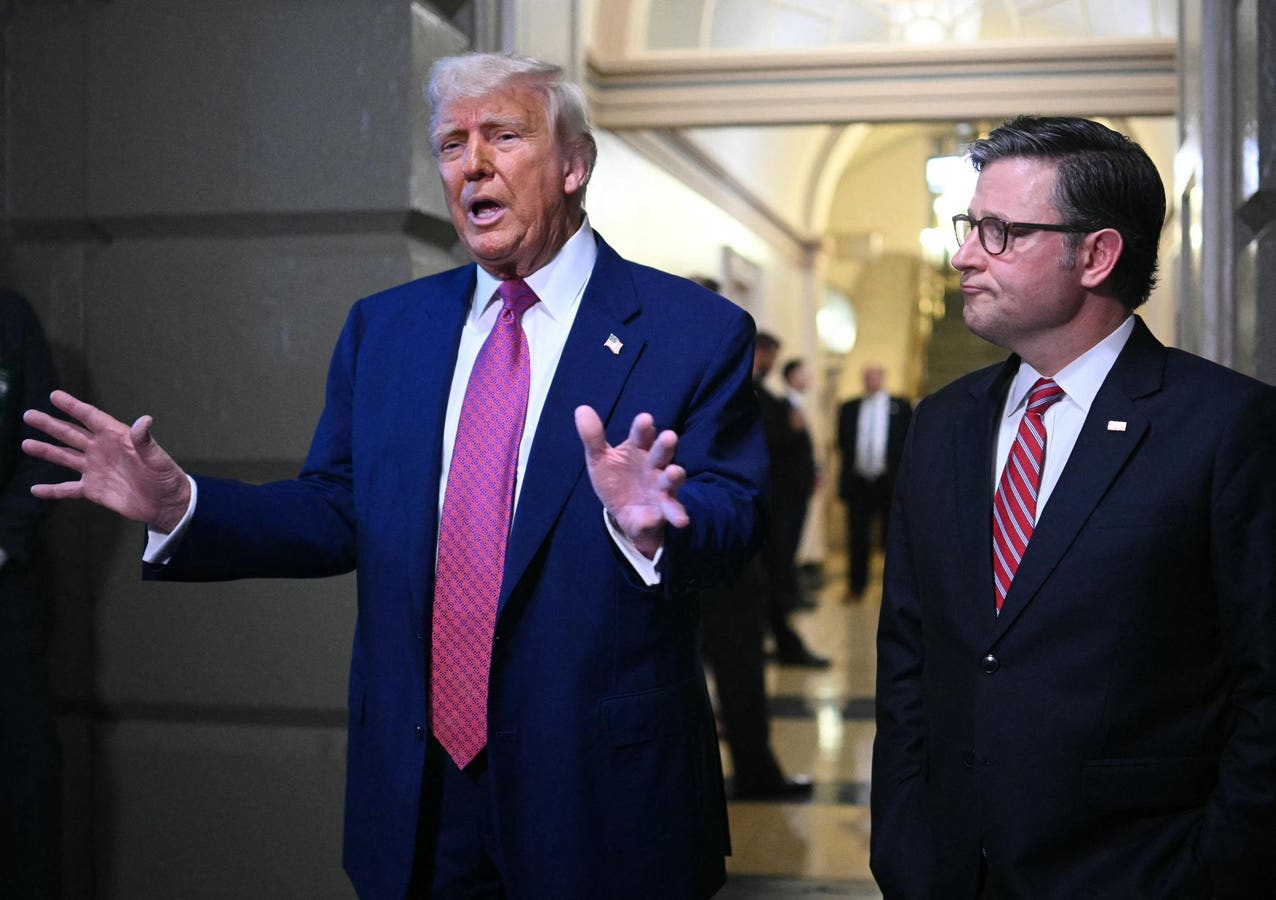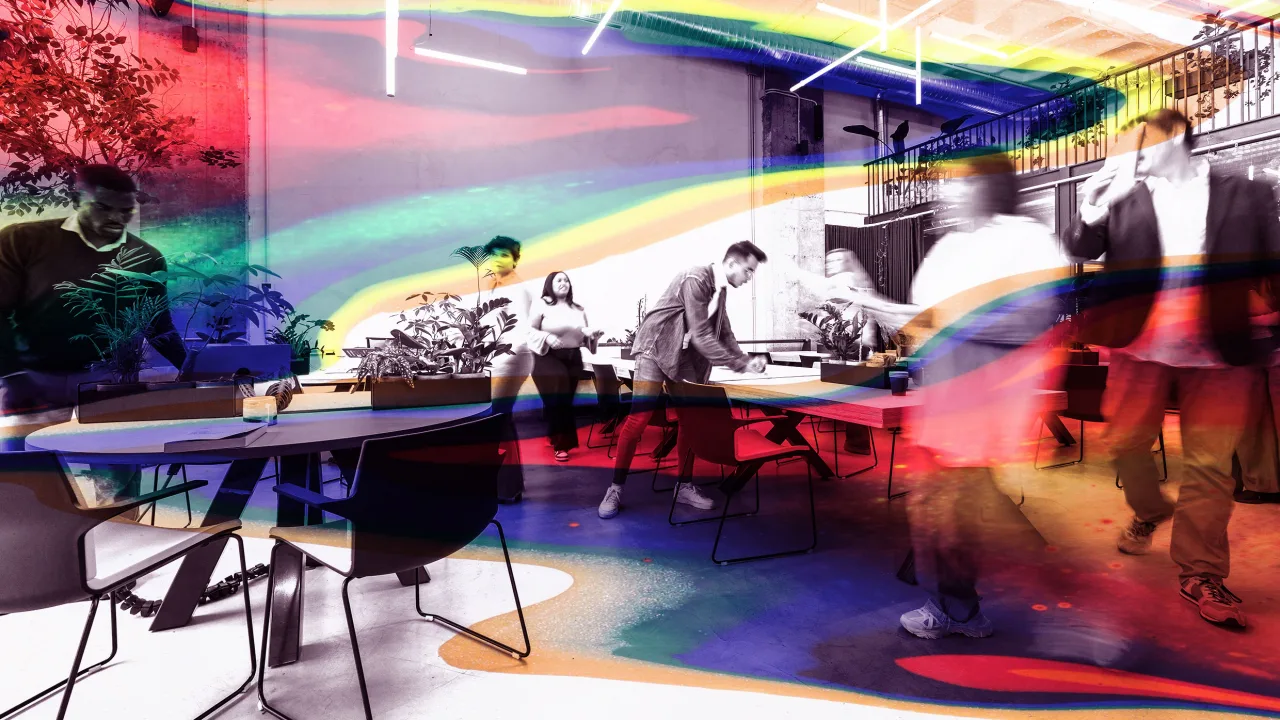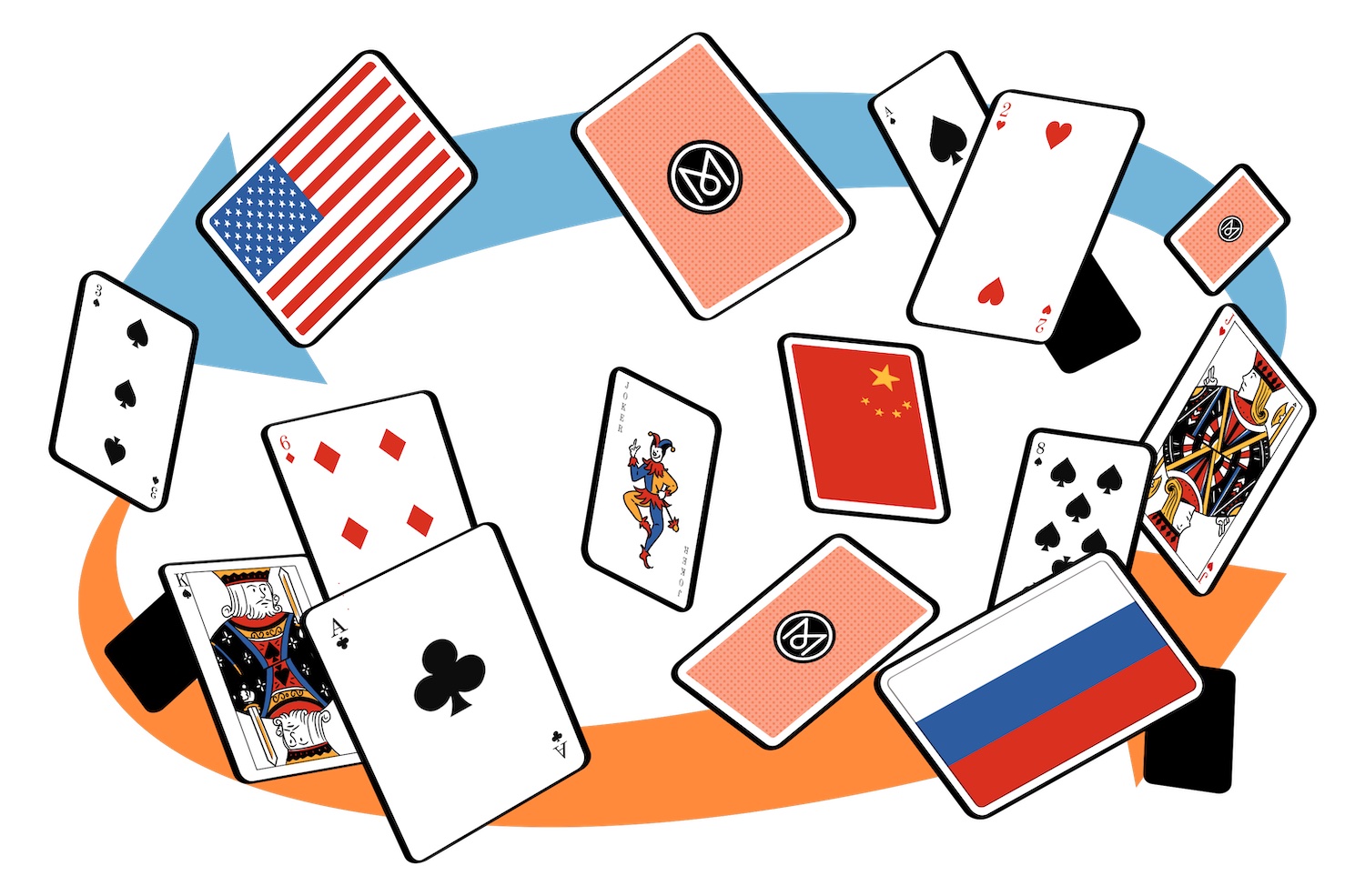Branding Expert Explains Nostalgia Sells: Why Retro Branding Is Thriving
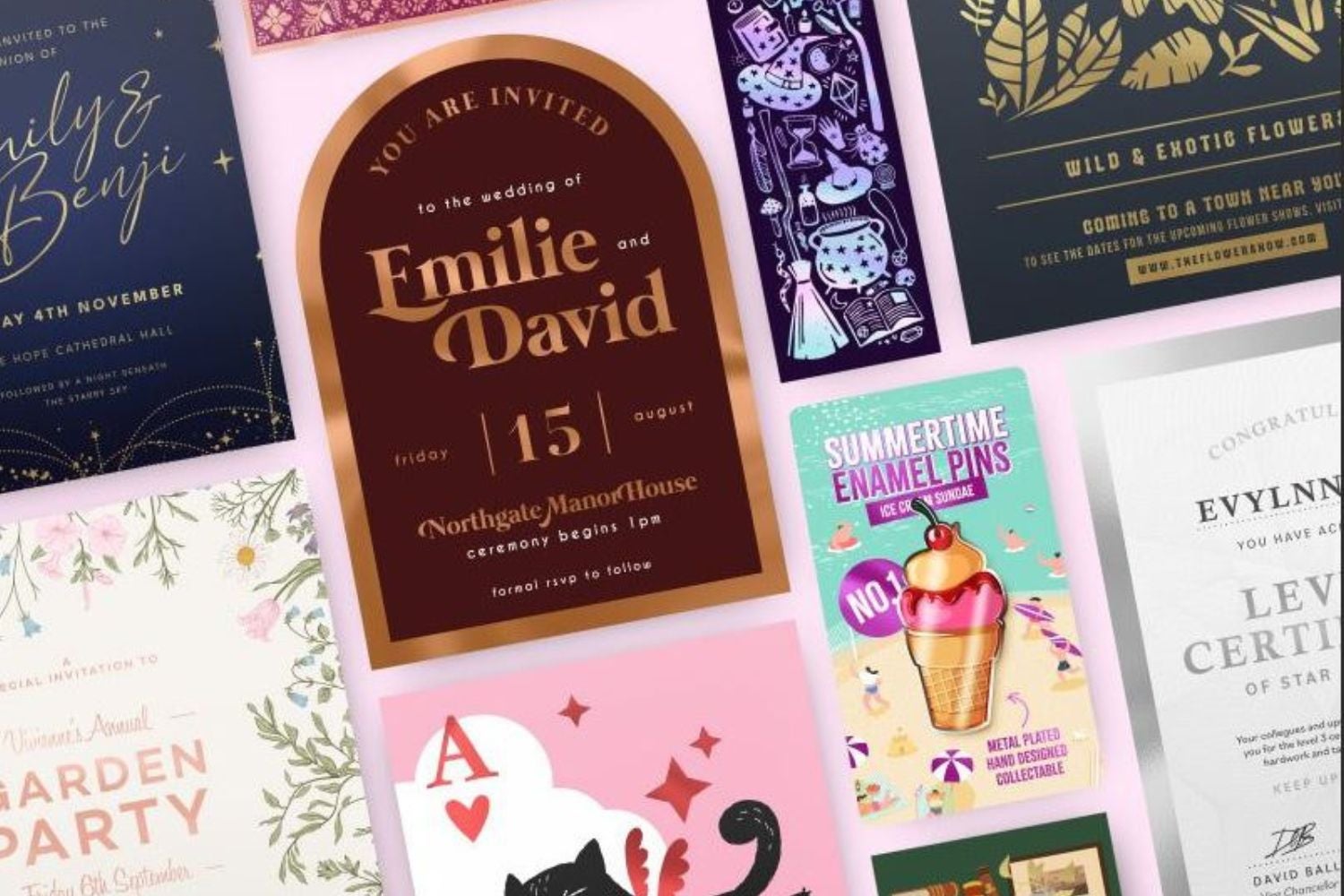
Branding Expert reveals why vintage visuals are booming, and how brands can use them with impact in 2025.
Pepsi brought back its 1987 logo. McDonald’s released a pixel-art Happy Meal box. Indie coffee brands are printing VHS-style loyalty cards and zine-inspired menus. Meanwhile, Barbie ruled 2023 with a full-blown retro-futurist rebrand. One thing is clear: nostalgia isn’t going anywhere. In fact, it’s driving some of the most successful branding campaigns in the world right now.
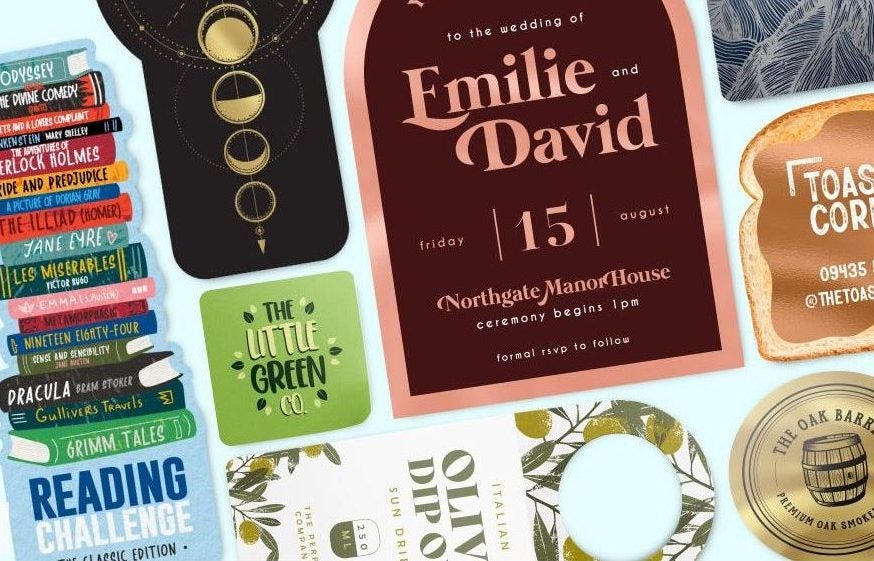
But what’s really behind the retro revival, and how can small businesses use this trend without feeling like they’re stuck in a time warp?
Aura Print says that beyond fonts and filters, nostalgia is about feelings.
The Psychology Behind Retro Branding: More Than Just a Vibe
Nostalgia works because it gives emotional shortcuts. When you see a retro design, your brain doesn’t just register ‘old-school.’ It feels safe, familiar, and reliable. Especially in chaotic times, we crave what reminds us of simpler ones, even if we didn’t live through them ourselves.
It’s why Millennials gravitate toward 90s bubble type and Gen Z adores Y2K sparkles: nostalgia is both generational and emotional. It triggers memories, even imaginary ones. And in a crowded digital world, brands that evoke emotion win attention.
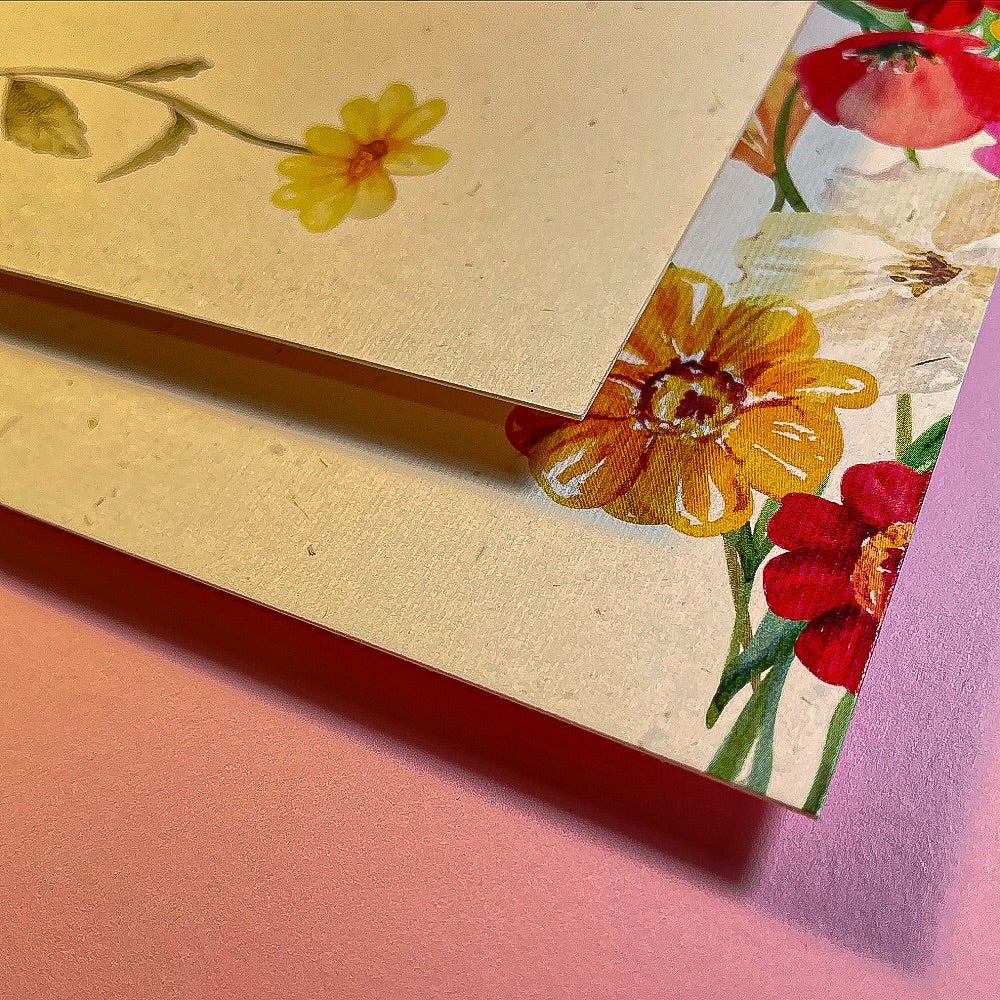
Retro Branding in Action
Retro aesthetics are showing up everywhere, from global icons to corner shop start-ups. A few standout examples include:
- Burger King’s retro rebrand with muted tones and 70s-style typography
- Barbie’s blockbuster pinkwave, inspired by 80s camp and chrome
- Smol Batches, a UK soap brand that uses 90s schoolbook fonts and neon packaging to evoke after-school fun
- Golden Hour Bakery, a Manchester-based vegan café that printed 70s-style loyalty cards with Aura Print to match their “groovy, feel-good” brand story
Aura Print has noticed a major uptick in requests for tactile, vintage-style printed assets. Think postcards, old ticket-style business cards, folded flyers with grainy textures: things that feel like they’ve been pulled from a drawer in 1984.
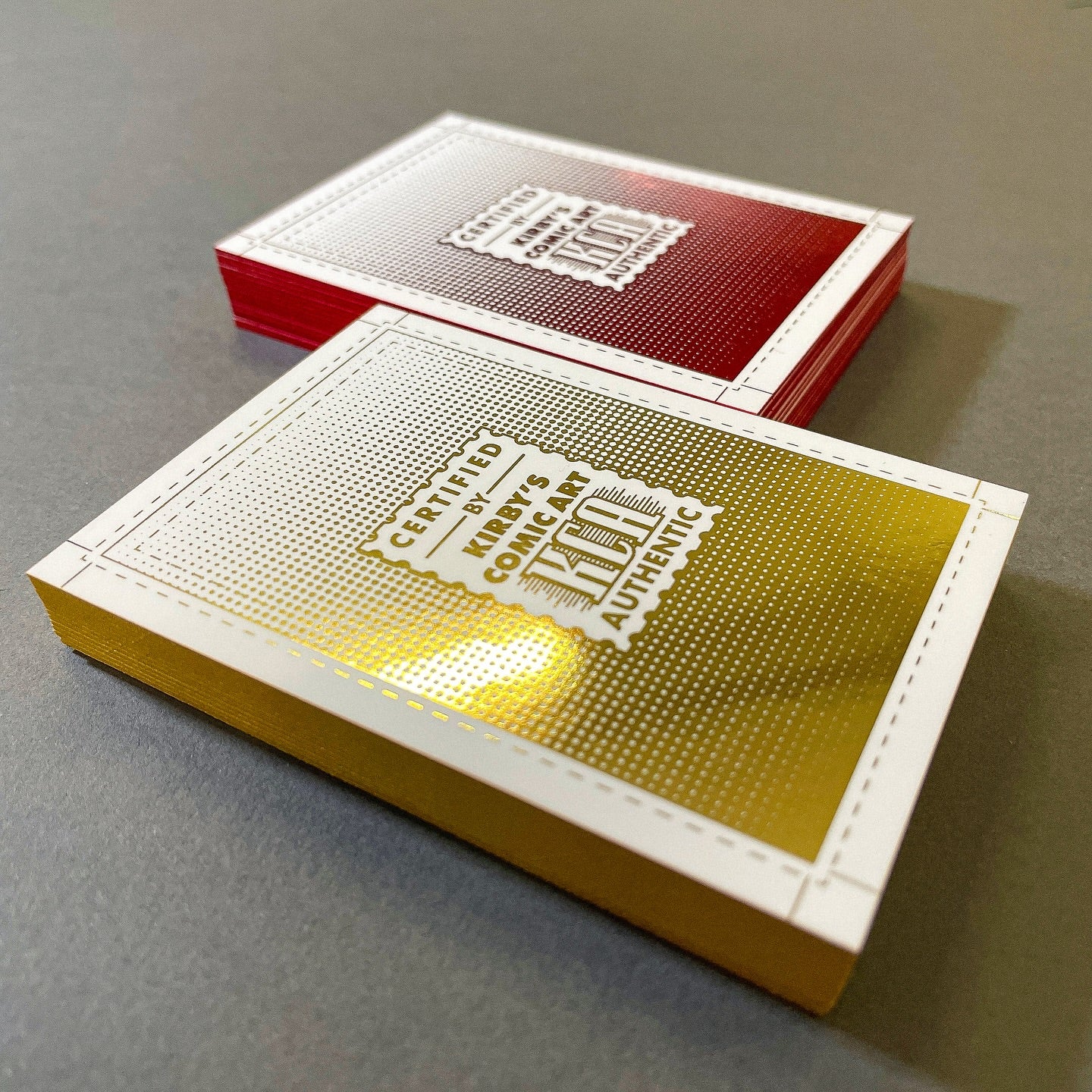
Why Retro Works Better in Print
While retro design thrives online, it sticks when it’s tangible. Smith believes this is where many brands miss out.
In a world of infinite scrolls, a thoughtfully printed postcard or business card can be the most memorable brand touchpoint. More than aesthetics, retro branding anchors a feeling in something physical.
How to Use Retro Branding Without Looking Like a Knockoff
Smith warns that while nostalgia sells, authenticity is key. Consumers are savvy. They can tell the difference between a brand that’s using retro design to tell its story, and one that’s just following a trend.
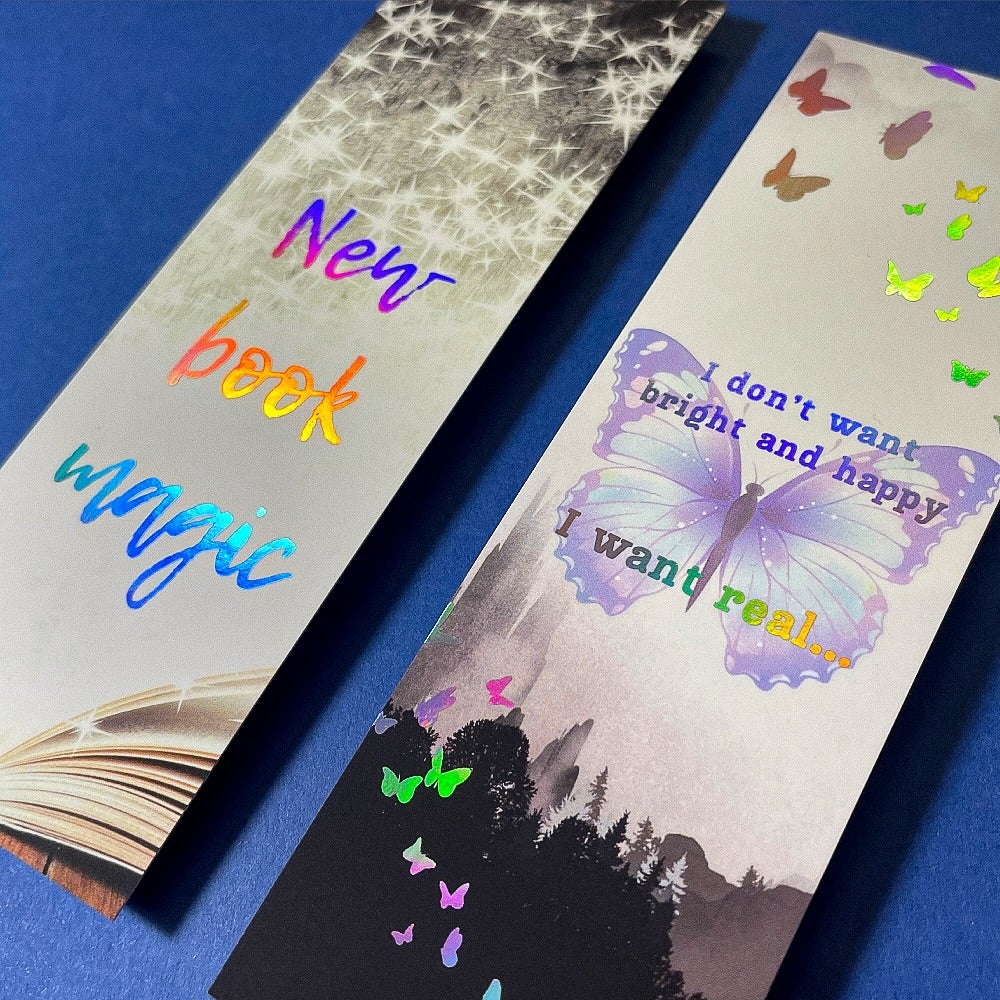
His tips for doing it right:
1. Start with Story, Not Style
Retro branding works when it connects to your why. Maybe your coffee shop plays 80s records, or your handmade candles are inspired by your grandma’s recipes. Let that guide the design, not the other way around.
2. Use Retro as a Layer, Not a Costume
Blend old and new. Combine vintage type with modern layouts. Pair nostalgic colours with sleek functionality. That tension is where creativity lives.
3. Print It Like You Mean It
Use print intentionally. Consider textured stocks, aged finishes, or layered printing for a retro feel. Aura Print offers custom stocks that mimic old paper types, perfect for tactile nostalgia.
4. Let Emotion Drive Design
Don’t chase an era; chase a feeling. Is it playfulness? Comfort? Rebellion? Once you’ve nailed the mood, the aesthetic will follow.

“I believe we’re in the middle of a broader design shift: from hyper-minimalist and digital-first, to layered, expressive, and emotionally rich.
People are tired of cold, corporate sameness. Retro design brings warmth and humanity. It reminds us that brands are made by people, for people.
As brands fight for attention in 2025, the winners may be those who look backward just enough to remind us why we ever cared in the first place.
Ultimately, retro branding is a strategy. t’s how brands say: we’re not just trendy. We’re timeless,” says Branding Expert, Liam Smith of Aura Print.
Discover more from
Subscribe to get the latest posts sent to your email.








